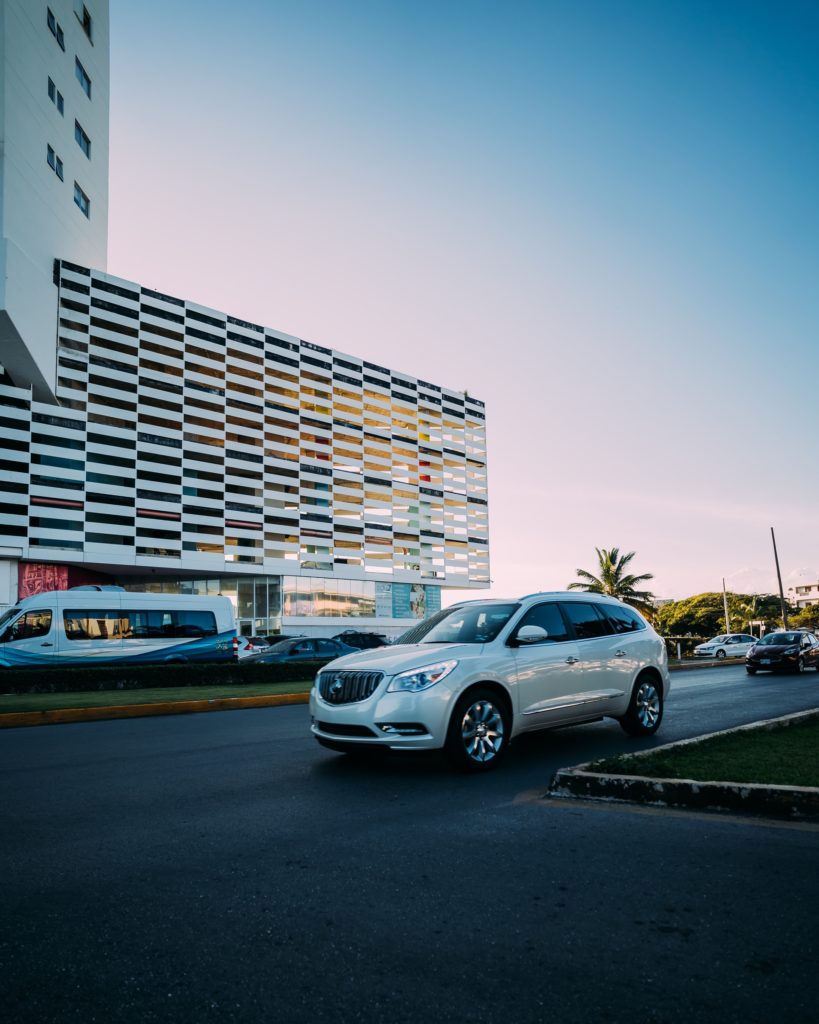GM wants your Chevy to have the most reliable replacement parts.
Nearly every car manufacturer releases “Position Statements” that instruct body shops in how to perform repairs on their vehicles to the highest standard. While all body shops should have access to this vital information, not all shops take the time to read the statements and follow the directions expressed by the manufacturers. At our shop, we closely examine these statements because we make it our mission to provide the best possible repair to our Chevrolet customers.
In a statement released by GM, they explain in detail why they do not recommend the use of salvage or recycled parts in Chevy repairs:
“General Motors does not support the use of salvage or recycled parts due to the sensitive nature of the safety and performance of General Motors vehicles. Salvage or recycled parts are defined as parts removed from a previously damaged vehicle and then re-installed on a different vehicle.”

Salvage and recycled parts come with a lot of risk.
Salvage and recycled parts can often have a questionable history. They might have been involved in a previous collision or damaged during normal wear and tear. They might have been in storage for a while or exposed to extreme temperature variations. Because of these factors and the questionable conditions that the parts might have been exposed to, it’s nearly impossible to predict their durability and structural integrity. Even the most minute disparities can lead to problems during assembly, as well as issues with the reliability of your repair.
GM specify the following in their Position Statement:
“The use of non-OEM structural components may compromise the overall crashworthiness and occupant safety of General Motors vehicles in a subsequent collision.”
They are saying that, above all, salvage and recycled parts can pose a risk to your safety due to their unpredictable nature.
Why new OEM parts are the best:
It’s extremely important to use the best replacement parts for your Chevy when repairs are needed, and the best parts are always new Original Equipment Manufacturer (OEM) parts.
According to GM:
“Genuine GM Parts are designed and constructed using metals with specific properties, thicknesses and stamping features built to perform in a consistent and predictable way during a collision event. GM recommends the use of Genuine GM Parts in repairs to help ensure the vehicle is returned to pre-collision condition.”
The engineers at GM have rigorously designed, tested, and manufactured the parts for their specific vehicles. They only trust the parts they have produced to meet the qualifications necessary for your specific make, model, and vehicle year. You’ll need new OEM parts if you want your vehicle to be as good as new after your collision repair.

We take these guidelines seriously at our shop.
We take all manufacturers’ Position Statements very seriously at our shop, because we care about your safety AND your wallet. Despite the recommendation to use new OEM parts in repairs, some shops will continue to use salvage and recycled parts, even though this choice can jeopardize your vehicle and your safety. It might shock you to learn that body shops are not forced to abide by the manufacturers’ guidelines.
When you take your Chevrolet to us for repairs, we will use only new Chevrolet OEM replacement parts so that you don’t risk future problems with your car that could potentially lead to an accident. There is no guarantee that every shop will make the smartest and safest choice for your car, but rest assured, we always will.




















